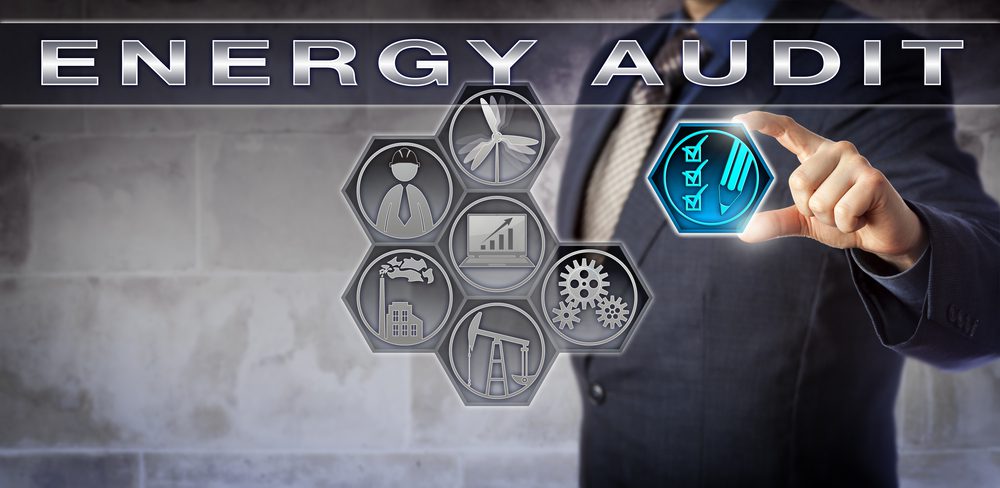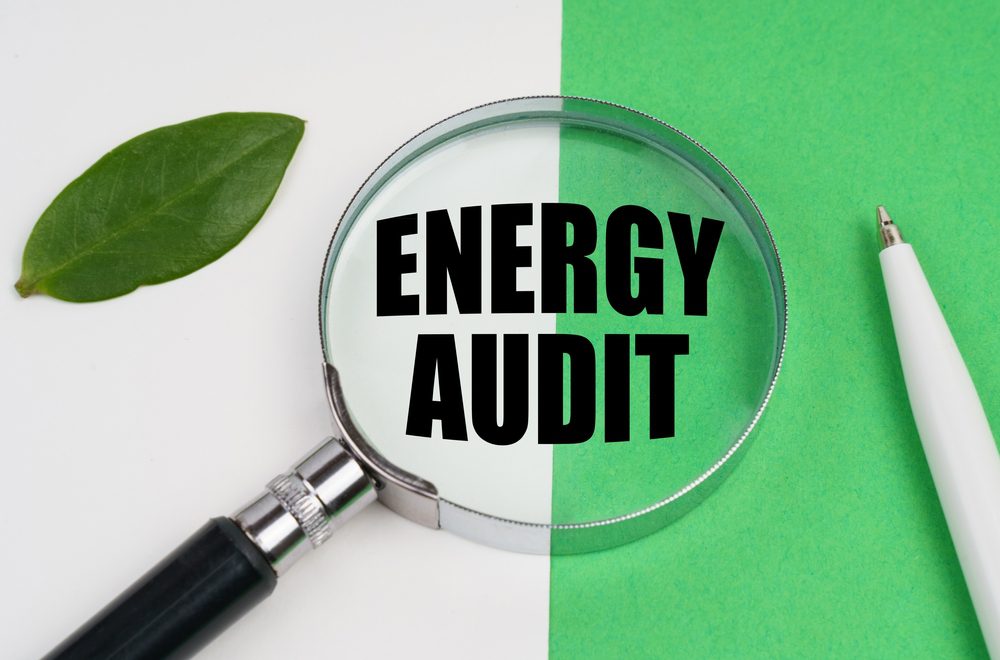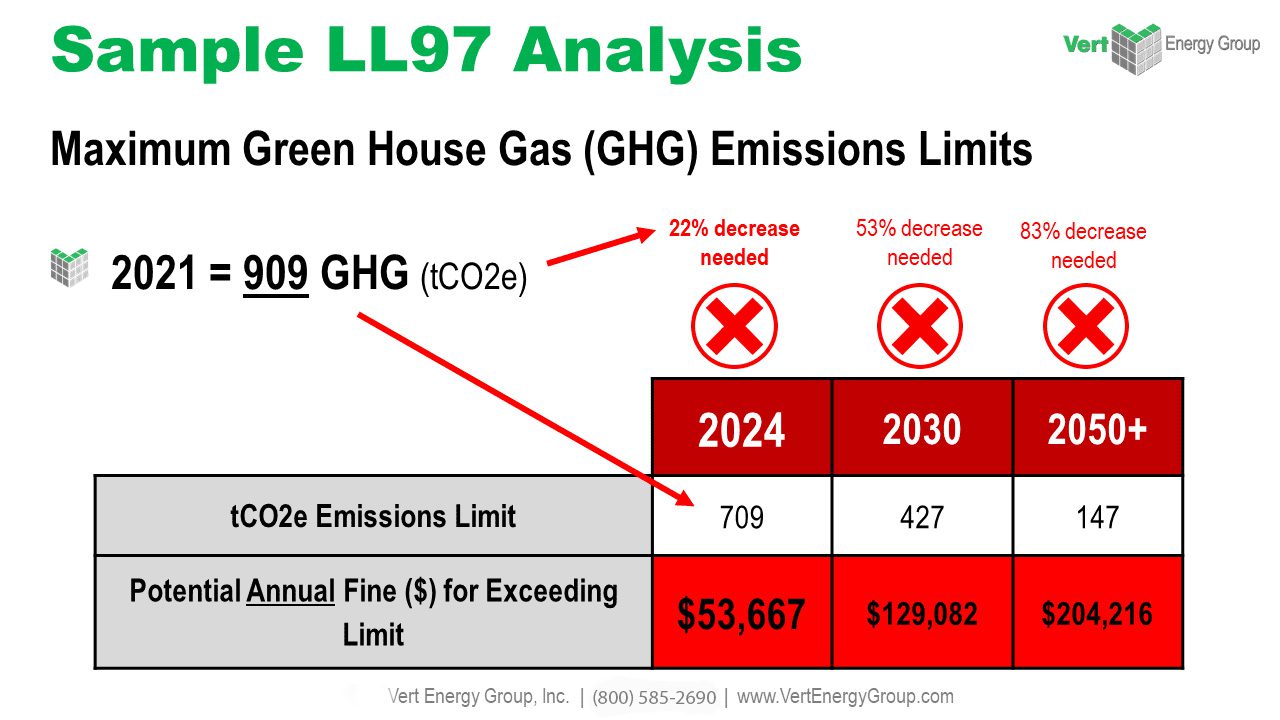Are you aware of the advantages of energy audits and retro-commissioning but uncertain what the difference is between them? If so, then this post is for you! This article will explain exactly what energy audit and retro-commissioning are and discuss how they differ. We will also delve into why these two services can be extremely beneficial when it comes to reducing your carbon footprint and improving operational efficiency. Read on to learn more about these two important building components – their differences, benefits, challenges & much more!
What Is An Energy Audit?
An energy audit is an onsite analysis to determine and improve energy performance of a building or industrial facility. It paperwork and energy-efficiency assessments help identify energy-saving opportunities, such as insulation changes, lighting and ventilation upgrades, improved energy control systems and more operationally efficient appliances. The consultant inspects building systems and assesses energy performance during an energy audit. The consultant makes recommendations for energy efficiency improvement by compiling a detailed report of potential options for improving energy efficiency.
All energy audits are performed in accordance with recognized protocols and standards, often
depending on the geographical location or clients request. It can be used to inform policy decisions, assist in identifying conservation targets, ensure compliance with energy-related regulations and improve sustainability. It is an invaluable tool for understanding how energy is used in businesses so that they can make informed decisions about investments in future energy consumption.
What Is Retro-commissioning?
Retro-commissioning is a relatively new energy optimization process to ensure energy systems function as efficiently and cost effectively as possible. The commissioning process consists of multiple steps conducted by air conditioning engineers over time and can prove beneficial for all types of energy systems that use energy to operate, from small business to commercial buildings.
Retro-commissioning aims to modify energy systems to reduce energy bills, increase energy efficiency and maintain reliable performance levels. It is an effective way for energy managers to understand how their energy systems are performing on a day-to-day basis and identify potential improvements they could make. Retro-commissioning offers a comprehensive range of advantages, thereby proving its worth in the long run.
Benefits Of Energy Audit
Energy audits are beneficial for all building owners as they can help identify any HVAC systems needing an upgrade or repairs. By having a professional energy audit done on your property, you can pinpoint areas where energy is wasted and make improvements to reduce energy costs drastically. It’s becoming increasingly required by local law for businesses to have at least one energy audit performed in order to maintain compliance.
Therefore, it’s recommended that all building owners take the necessary steps to ensure their HVAC systems are running efficiently and up-to-date with current regulations. Knowing how much your HVAC system is consuming each month and ensuring it operates safely and at optimal efficiency can go a long way in helping you save money and increase profitability!
Benefits Of Retro-Commissioning
Retro-commissioning is an important step for any facility that is looking to improve efficiency, reduce costs, and create a better environment for its occupants. LED lighting retrofits are especially popular in the process of retro-commissioning as LED lighting consumes significantly less energy than traditional incandescent bulbs but still produces the same amount of light. LED lights also have a much longer lifespan, saving money over time since they don’t need to be replaced as often, thus reducing maintenance costs.
 Additionally, LED lights put out very little heat allowing rooms to remain cooler and saving energy on air conditioning costs. During retro-commissioning, LED lights can be programmed to put out higher lights during working hours and dimmer lighting during unoccupied hours. This further decreases energy consumption due to requiring less energy to be used during non-working times.
Additionally, LED lights put out very little heat allowing rooms to remain cooler and saving energy on air conditioning costs. During retro-commissioning, LED lights can be programmed to put out higher lights during working hours and dimmer lighting during unoccupied hours. This further decreases energy consumption due to requiring less energy to be used during non-working times.
All these features show how beneficial LED lighting retrofits can be when included in a retro-commissioning program and how crucial it is for facilities that want their occupants to benefit from an improved operating system that saves money and reduces overall emissions.
Energy Audit Vs. Retro-Commissioning: The Key Difference
Energy Auditing and Retro-Commissioning are two processes that both involve making existing buildings more efficient, but it is essential to understand the crucial differences between them. An energy audit is a major assessment that provides scientific evidence detailing how biomass power might be used to reduce energy consumption in the building; however, it does not actually implement any changes or adjust equipment settings.
By contrast, Retro-Commissioning takes a more proactive approach by using collected data from the audit to adjust existing equipment to optimize their performance and minimize energy waste in the building over time. Thus, while an energy audit can provide valuable insight into what biomass power can potentially do for an existing building’s efficiency, Retro-Commissioning is the only way to ensure those improvements occur.
The Final Verdict
At its most basic, an energy audit is an inspection and analysis of how your property uses energy. The intent is to identify ways to conserve energy and/or lower the cost of utility bills. A retro-commissioning assesses how well a building’s equipment and systems operate according to their original design specifications and intended use. If you would like more information please contact us at VertPro.















